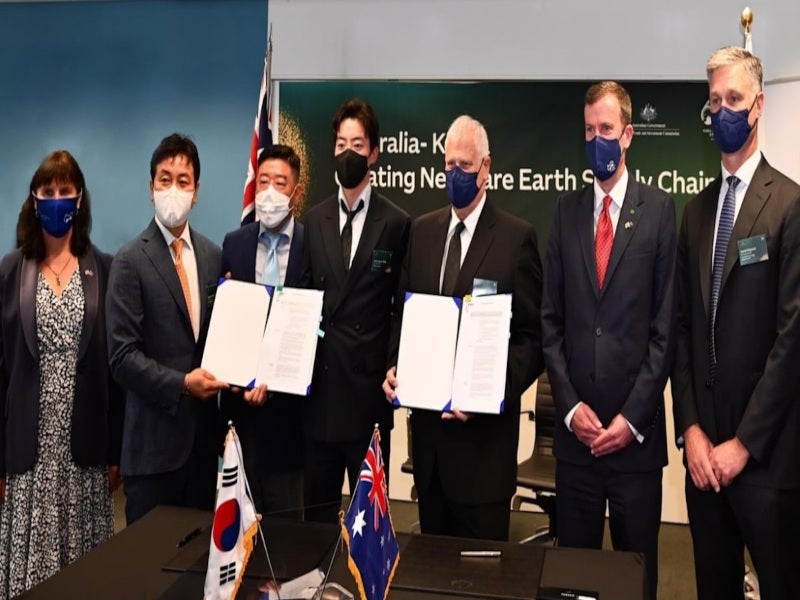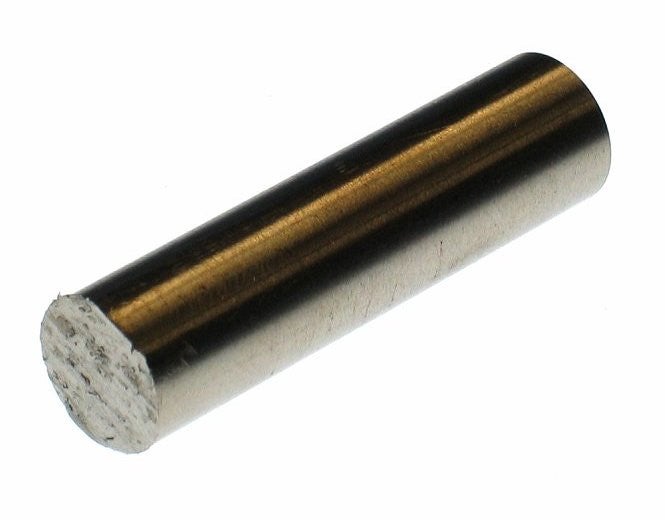The Dubbo project is a large open-pit polymetallic mine under development in New South Wales, Australia. It is wholly owned by Australian Strategic Materials (ASM).
The project has secured all major state and federal approvals and licences, including the development consent from the New South Wales Planning Assessment Commission in May 2015, to begin construction. A definitive feasibility study for the project was completed in 2013.
The mine will have a capacity to produce one million tonnes per annum (Mtpa) of processed ore, at full capacity. The ore will be mined from the reserves at the Toongi deposit which is expected to support an initial mine life of 20 years.
The Dubbo project will produce oxides of rare earths, zirconium, niobium and hafnium, which will be refined at ASM’s metals plants to make high-purity alloys, metals and powders.
A consortium of South Korean investors entered into an agreement with ASM to acquire a 20% stake in the project holding company Australian Strategic Materials (Holdings) in July 2021.
Location and site details
The Dubbo rare earths project is located close to the Toongi village, 25km south of Dubbo and approximately 400km northwest of Sydney and Newcastle, in central-western New South Wales, Australia.
The project site lies in the Mining Lease (ML) 1724 that was granted in December 2015 and covers an area of 2,390ha.
Geology and mineralisation
The Toongi deposit is an ellipticalshaped body that is cantered on a trachyte outcrop, which is one of alkaline volcanic and intrusive bodies of the Jurassic age in the region. It contains high levels of rare earths, zirconium, niobium and hafnium.
The orebody is mainly a massive, fine-grained microporphyritic trachyte with a significant presence of equal amounts of feldspar, albite and aegirine. With dimensions of 850m east-west by 550m north-south, the deposit extends to an average depth of 115m below the surface.
The rare earth oxide mineralisation is distributed inside a trachyte sill, which is found within the sedimentary units of the Jurassic Napperby Formation.
Reserves
The Dubbo project was estimated to contain proven ore reserves of 18.9Mt grading 0.735% total rare earth oxides (TREO), while measured and inferred resources were 42.8Mt and 32.4Mt grading 0.74% TREO, respectively, as of December 2021.
Mining method and ore processing
The Dubbo project will involve the mining of the ore deposit in a single open pit, targeting the western part of the pit in the initial 10 years of production and the eastern section in the remaining years of the mine life.
The mine will deploy drill and blast methods for the fragmentation of ore, which will be later transported by road to the run-of-mine (ROM) pad for crushing and grinding.
Dry ground ore is prepared in a ball mill from the crushed ore in order to achieve optimum extraction levels. Later, the ore will be mixed with concentrated sulphuric acid and roasted to make sulphated solids, which will be cooled and leached to form slurry.
The leach slurry will be separated into two liquor streams containing light rare earths (LRE), zirconium, hafnium, and niobium, by passing it through a counter-current decantation circuit. Solvent extraction process will be applied to the second stream comprising zirconium, hafnium, and niobium to recover the oxide materials.
A solid residue storage facility (SRSF) will be used to store and dry the wet solid residue generated by the processing plant. The facility will include a series of cells, double-lined to avoid leakage.
Infrastructure facilities
The Dubbo project will comprise infrastructure facilities such as haul roads, ROM pad, mining yard, off-site and on-site access roads, administration and industrial buildings, reagent storage and handling facilities, rail line, water supply, fuel gas, power, and process waste facilities.
It will also include a sulphur burning acid plant for onsite sulphur production and a chlor alkali plant.
Water and power supply
The Dubbo project will source water required for operations and construction from the Macquarie River and the Upper Macquarie River Alluvial Aquifer.
The mine will receive electricity via a 132kV overhead transmission line that runs from the Geurie switchyard to the mine’s main switchyard, located adjacent to the processing plant.
Contractors involved
Hyundai Engineering was awarded a conditional contract by ASM to deliver the engineering procurement and construction definition work (EPCD) for the Dubbo project in June 2022.
Mining One was engaged to review estimates for ore reserves and mineral resources of the Toongi deposit.
TZ Minerals International was contracted to prepare a definitive feasibility study for the project.





